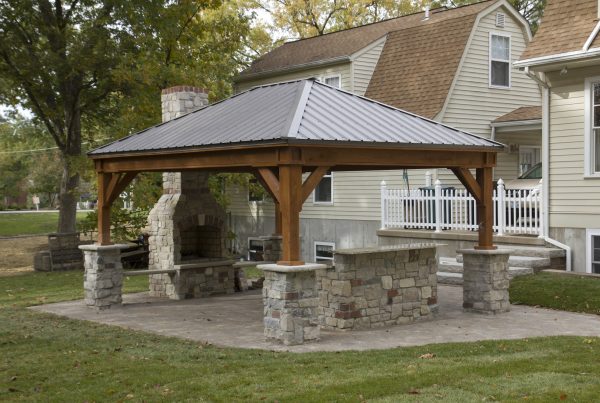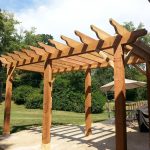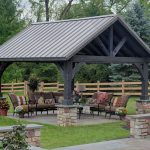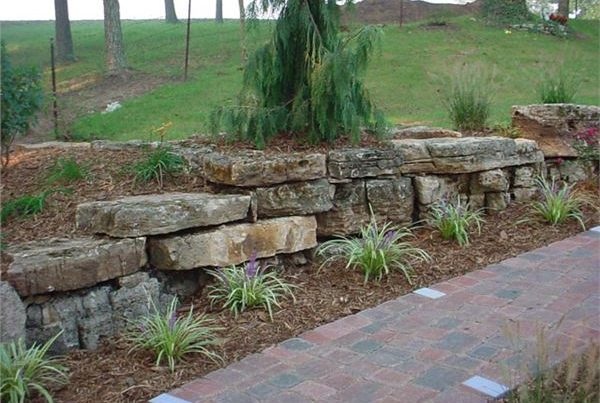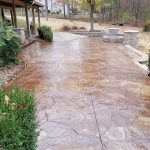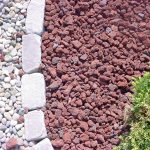The arrival of spring is incentive enough to venture outdoors and ready your yard for the warm weather and growing season ahead. With a bit of planning your lawn care duties will reward you and your family with a lush and healthy landscape. Now is the perfect time to get started.
Clean it up. Winter can cause damage to even the most established lawns. When the snow has melted, be on the lookout for any turf damage. Raking up matted down grass will help the blades dry out faster. It is best not to mow over a wet lawn. Remove dead or damaged branches from shrubs and trees. Check out your perennials and ornamental grasses. Now is the time to divide those daylilies and hostas. Spring yard clean up means raking up fallen leaves, and any dead annuals. Keep in mind, yard waste is NOT trash. Contact your trash removal vendor for proper disposal options, or consider composting.
Aerate your lawn. Aeration removes thatch, loosens compact soil and promotes a healthier, greener, lawn. This is especially beneficial if you plan to overseed any bare or sparse areas.
Re-seed as needed. Bare spots and damaged areas can be overseeded in early spring. Raking prior to seeding will improve seed-soil contact and enhance germination. Keep newly established lawns fairly moist and do not use broadleaf herbicides until the lawn has been mowed several times.
Fertilize. Although fertilization generally occurs in the fall, a light application in late May will benefit your spring lawn. Use a low nitrogen, slow release product, and water according to manufacturer’s directions. Sufficient fertilization will also help keep your yard free weeds and insects.
Choose the right grass.
- Tall fescue is perfect for high traffic areas. It is tall growing and tolerant of high temperatures and drought.
- Kentucky bluegrass prefers cooler temperatures and lower traffic areas.
- Fine fescues (chewings fescue, red fescue, sheep fescue, hard fescue) grow best in cooler, humid regions
- Perennial ryegrass is quick to germinate, hardy in all traffic areas and are not prone to thatch.
Hydrate. Sufficient watering helps protect your grass from disease, weeds, and insects. Strive for about an inch of water a week, either from rain or a sprinkler. The best time to water a lawn is early in the morning when the grass is still wet with dew.
Evaluate your hardscape for new additions or needed repairs. Remove stains on decks, patios, and walkways with a low impact pressure washer. This may be the year you decide to up the aesthetic value of your property. If a new deck, rock wall, pavers, walkways, or gazebo is in your immediate future contact us. We have been helping your neighbors with their landscaping needs for over a decade. We are only a phone call away.
For additional guidance on lawn maintenance check out the Missouri Botanical Gardens for professional help and inspiration.

